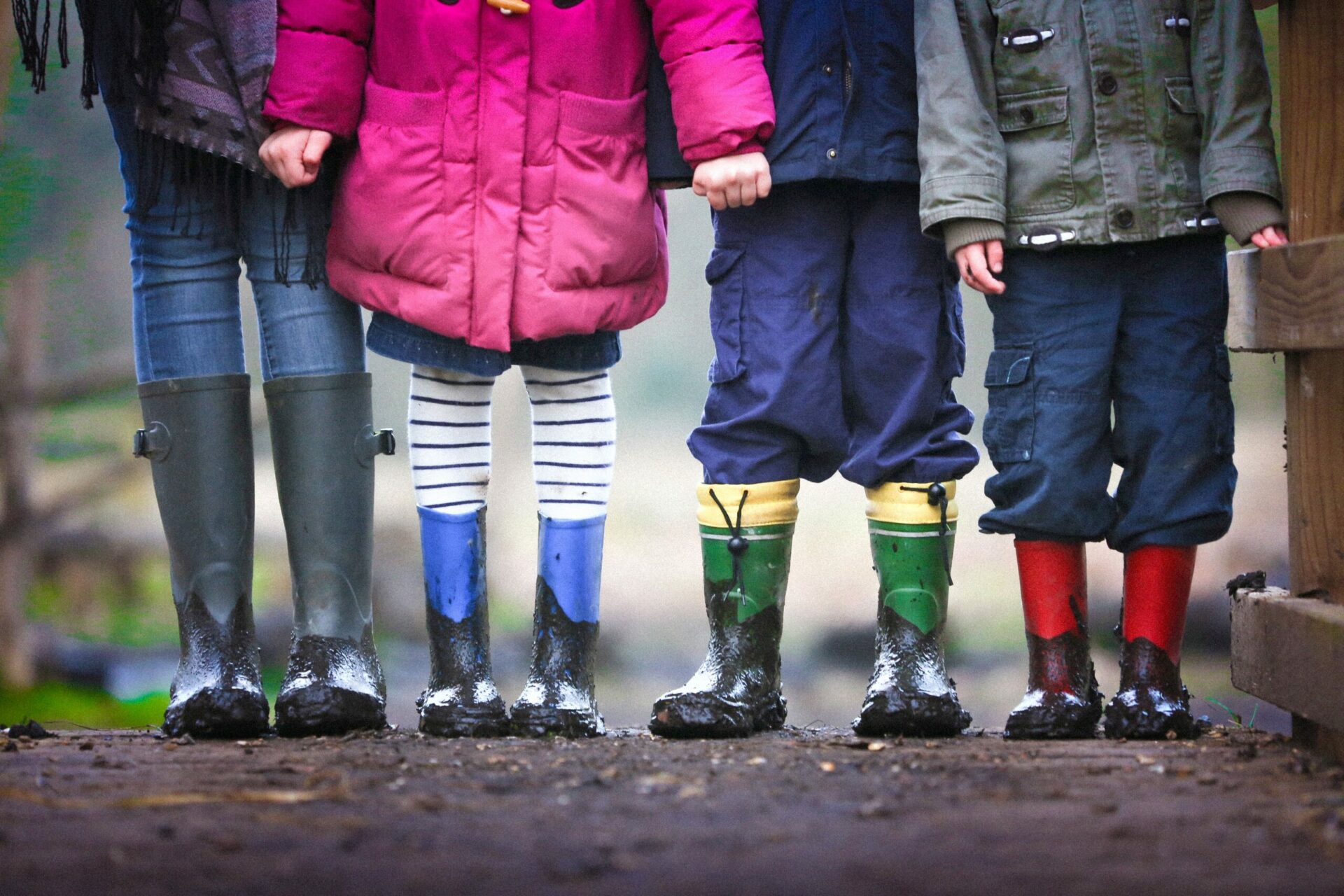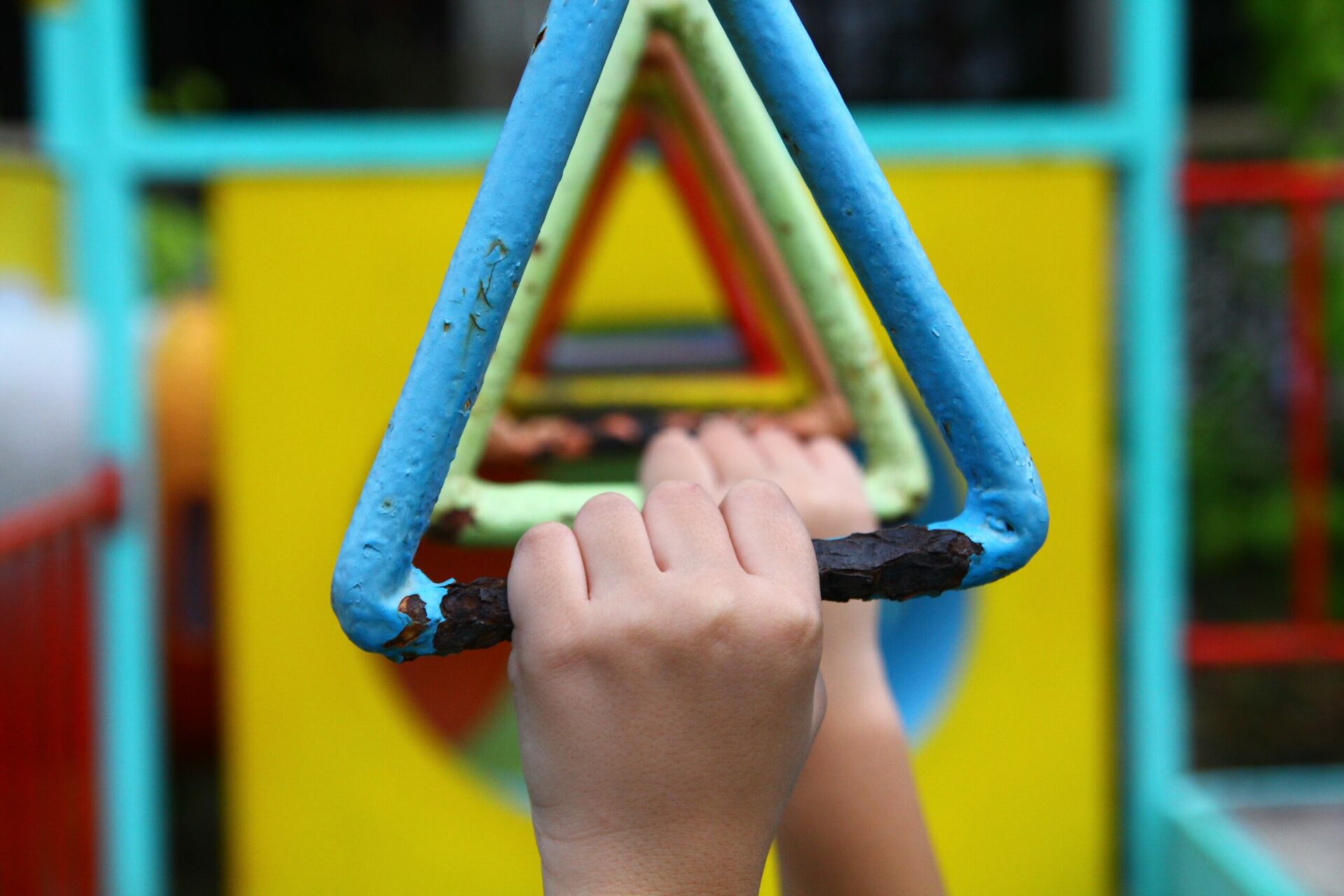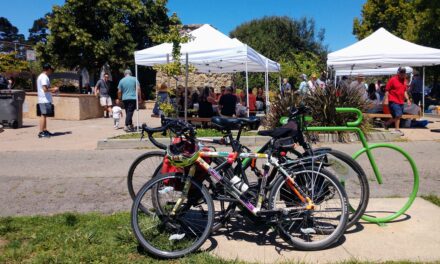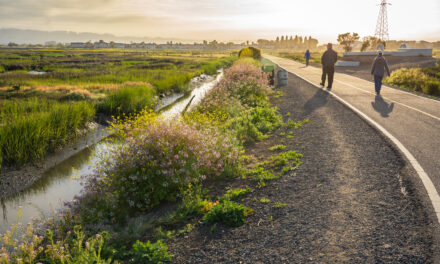Teaching to Weather the Storms Within
Nose streaming, eyes puffy, the child wails onscreen. He’s perhaps pre-K aged, and in most circumstances, you might assume he was mid-tantrum, perhaps brought on by a spat with a sibling or misplaced favorite toy. But between gasping sobs, the boy in the video explains that he’s upset because of climate change.
The viral video is a vivid indicator of how “climate anxiety” affects even the youngest among us. Children, by definition, have no direct civic power and little say in how their lives are structured. They are developmentally less equipped to navigate the stormy waters of strong emotions that can arise in first learning about climate change: anger, grief, fear. And although it’s not common for little kids to learn about climate change, by middle and high school, most California youth are expected to study climate change as a topic in science class — often divorced from the painful impacts they may have already experienced, such as wildfire evacuations.
“We needed ways to frame everything that we’re talking about with the environment and climate change with some trauma-informed practices because it was very overwhelming,” explained former San Mateo County Office of Education employee Andra Yehogian as part of a panel discussion the North American Environmental Educators Association hosted on emotions in climate education.

The county education office serves 23 school districts, and was the first in the state to launch a program integrating environmental education and preparedness into every level of school planning. Their Environmental Literacy and Sustainability Initiative is based in trauma-informed practices, like investing in safety and predictability, that empower students to grow through hard emotions.
Because teachers and administrators already receive professional development training around trauma-informed practices for interacting with students more broadly — from supporting students living with community violence to kids with families suffering from the deportation of a parent — applying those skills to students struggling with climate-induced anxiety “is not adding on more stuff” for them to learn, Yeghoian explained. “This is just about aligning what you’re already doing to have an environment and climate lens.”
Teachers can engage students in mindfulness exercises that use nature — grass, trees, or a potted plant — to ground and relax students. Program planners can support, wherever possible, kids’ own ideas about how their schools and communities can improve their climate impacts.
Younger generations often hear that fixing the mess their forebears left in the atmosphere is up to them. But preparing kids to one day lead in weathering the storms to come must begin with teaching them now how to weather the storms within.










